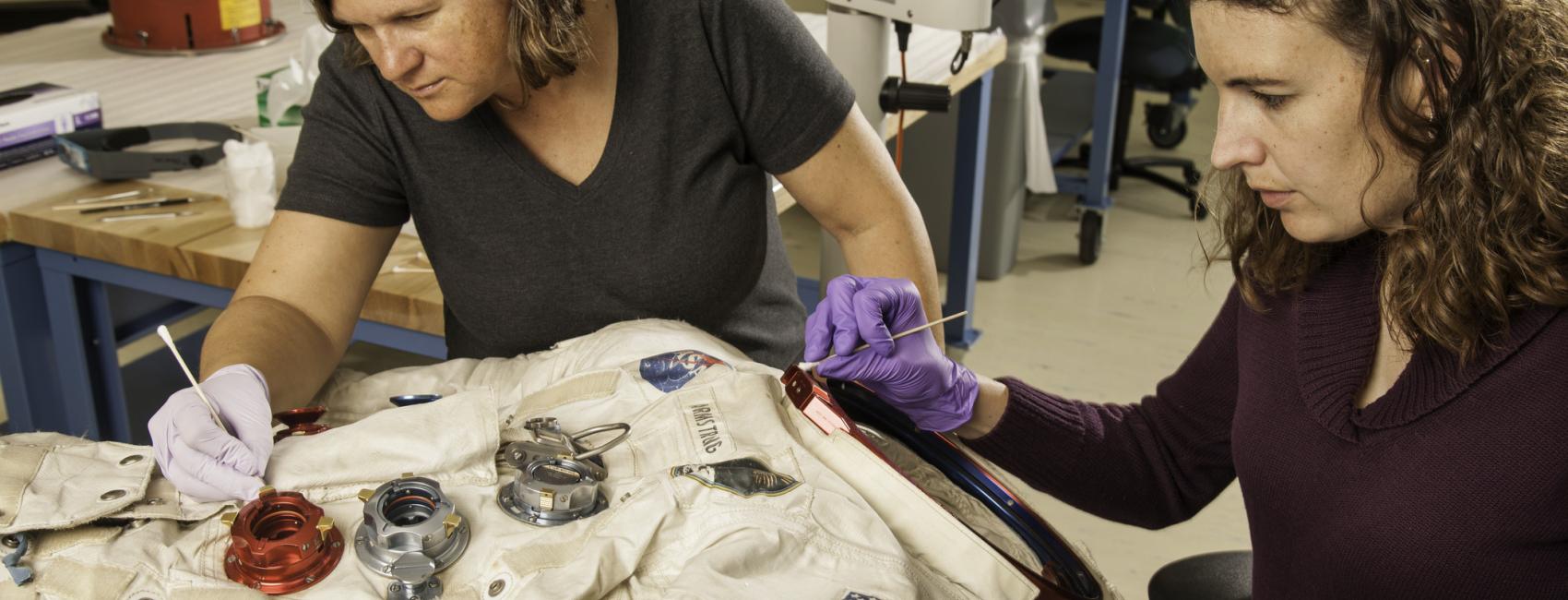
Sep 30, 2011
The universe is about 13.7 billion years old and has expanded since its beginning at the Big Bang. Because distant objects appear to be receding as the universe expands, the light from them is “stretched” out, altering its wavelength to the red part of the electromagnetic spectrum. This “redshift” can be measured for every object in deep space. The more distant the object, the greater its redshift. The relationship between distance and redshift was first described by Edwin Hubble in 1929 and remains fundamental to our understanding of the expanding universe. Light from distant objects has been traveling towards the Earth for billions of years. In other words, we see distant objects as they appeared when the light left them. It is therefore possible to use telescopes to peer into the past. As astronomers have observed to ever more distant objects, it became possible to see into the very early stages of the universe. At the very edge of the observable universe, it is possible to detect electromagnetic radiation in all direction. This cosmic microwave background radiation is the leftover energy from the Big Bang and the origins of our universe. This background radiation is literally the “echo” of the Big Bang.

Cosmic background radiation as measured by the Wilkinson Microwave Anisotropy Probe (WMAP).
This illustration shows the cosmic background radiation as measured by the Wilkinson Microwave Anisotropy Probe (WMAP). This spacecraft was launched in 2001 into a halo orbit around the L2 libration point beyond Earth’s orbit. The cosmic background radiation was emitted about 13.7 billion years ago in the aftermath of the Big Bang, and has been stretched to the microwave part of the electromagnetic spectrum by the expansion of the universe. The colors indicate the intensity of the background radiation, which can be measured as temperatures barely above absolute zero. Reds signify temperatures about 0.0002 degrees Kelvin higher than blue areas. These differences reflect the “clumping” of matter that would later occur in the early history of the universe. This 360-degree view of the night sky has been mapped to a flat surface in the same way a global map of Earth is projected to a sheet of paper.

Local Group of Galaxies
The chart above shows the Local Group of galaxies. This gathering of galaxies is bound together by their mutual gravitational attraction. The largest two galaxies in the Local Group are the Milky Way and Andromeda. These two galaxies are approaching each other. About three billion years in the future they may merge to form a new, larger galaxy. Each galaxy is shown here about three times its actual size.

Sloan Digital Sky Survey at 2 Billion Years
This chart above shows data from the Sloan Digital Sky Survey indicating the distribution of galaxies in the universe. The Local Group is at the center of this diagram, but it is too small to be visible at this scale. Dots show the density of galaxies, each consisting of hundreds of billions of stars. The positions were determined by measuring the redshift of each galaxy and their angular position.

Sloan Digital Sky Survey at 10 Billion Years
As we peer into greater distances, we are in effect seeing back in time. Telescopes do not show deep space objects as they are – they show objects as they were billions of years ago. Because of this, representations that attempt to show the entire universe need to incorporate time as well as space. As we look out in space, and back in time, vast distances can be referred to as a “lookback time.” This chart shows data from the Sloan Digital Sky Survey. Close to the center, small dots show the density of galaxies. Beyond a lookback time of about 5 billion years, most of the dots represent quasars instead of galaxies. Quasars, or “quasi-stellar” objects, are likely the cores of energetic galaxies. The objects were much more plentiful in the early universe and emitted enormous amounts of radiation. Due to their distance only their energetic emissions are visible. At the very edge of what is visible, we can detect the cosmic microwave background.

We rely on the generous support of donors, sponsors, members, and other benefactors to share the history and impact of aviation and spaceflight, educate the public, and inspire future generations. With your help, we can continue to preserve and safeguard the world’s most comprehensive collection of artifacts representing the great achievements of flight and space exploration.
We rely on the generous support of donors, sponsors, members, and other benefactors to share the history and impact of aviation and spaceflight, educate the public, and inspire future generations. With your help, we can continue to preserve and safeguard the world’s most comprehensive collection of artifacts representing the great achievements of flight and space exploration.